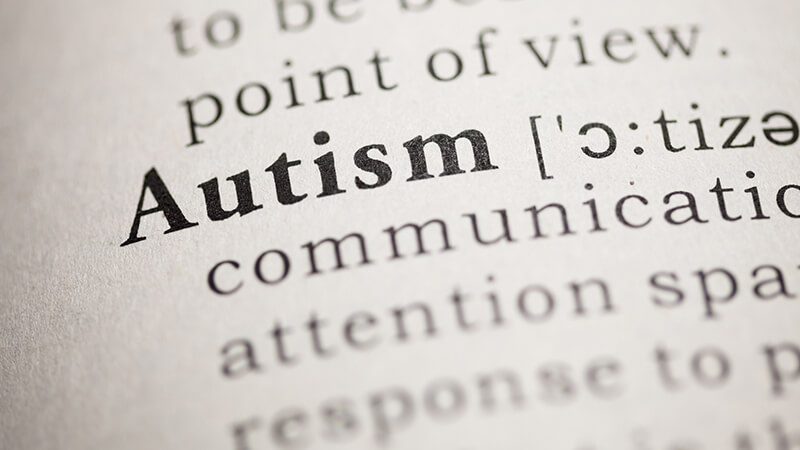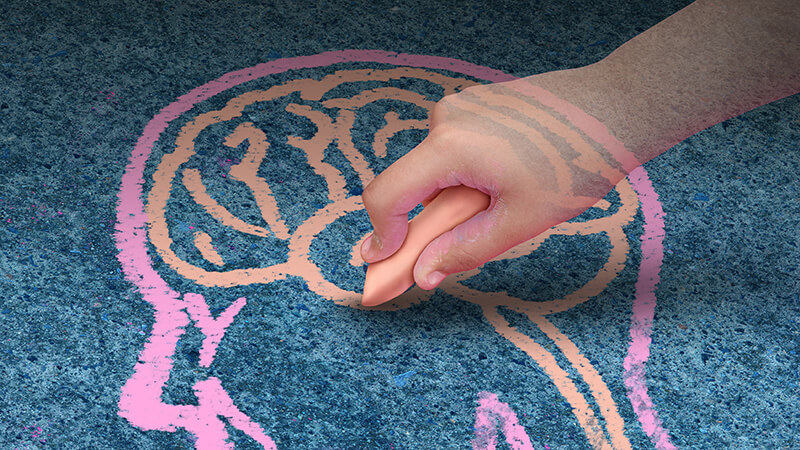Most humans are naturally hardwired to gain pleasure from shared experiences and emotions. Indeed, one of the biggest challenges in parenting an autistic child is learning to find ways to share joy with your child. We thrive when we can share our deep emotional connections with others. We are social creatures. Recent research supports this view, and tells us some important things about why this may not be the case for individuals with autism.
Oxytocin is the so-called ‘love hormone’, present in pregnant and nursing mothers and transmitted in a huge burst at the moment of birth, it’s thought to cause instant bonding between mother and child. But it’s also heavily present when we interact socially with people we care about. It appears during sexual intercourse and throughout the early stages of budding romantic relationships. Combined with serotonin, it is the hormonal impetus of emotional attachment.
How the Oxytocin Connection Is Disrupted in Individuals With Autism
The interaciton of serotonin and oxytocin is what creates feelings of satisfaction through social interaction. In individuals with autism, that satsifaction may not be present. Parents of autistic children know that socialization can be a hugely stressful activity for their child. A study appearing in the science journal Nature concludes that this is due to a genetic difference in the way autistics respond to the presence of oxytocin and serotonin.
Because of genetic predetermining factors, it may be necessary to use alternative measures to help children with autism move past some of their symptoms. Behavior therapy has been shown to be highly effective.
New Directions for Young Adults and Dr. Andrew Rubin have developed a therapy model known as Direction Therapy CMT which incorporates behavioral therapy as well as other areas of neuropsychology and developmental theory to create a comprehensive evidence based approach.
As autistic children develop into adulthood, the acquisition of healthy socialization behaviors will greatly ease the transition. While genetic predispositions may present challenges, they are not the last word in your child’s success.




